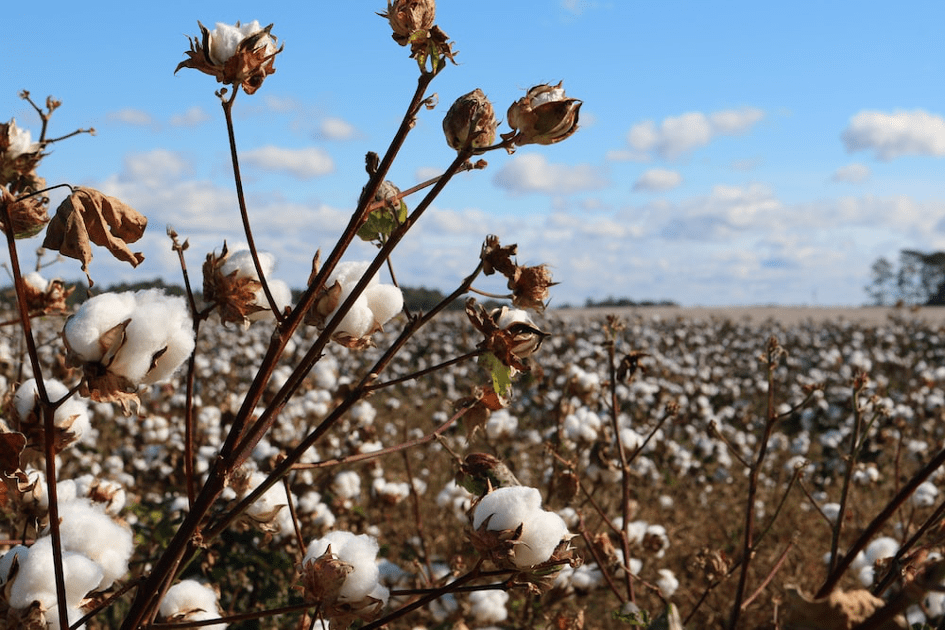Agricultural Transformation Zones, also known as agro-industrial zones, are considered indispensable drivers of the transition towards a more efficient and resilient agri-food sector. Africa is undoubtedly the continent with the greatest potential in this regard. These zones enable the transformation of agricultural raw materials into higher-value commodities. This transformation also involves developing the skills of individuals who can coordinate, store, package, or transport these products. African countries, like Côte d’Ivoire, Senegal, Benin, and Togo, are each implementing their agricultural transformation zone projects. While these zones do not solve certain challenges such as drought or conflict-related instability, they do enhance the capabilities of stakeholders in the sector. The agricultural sector becomes more profitable and gains visibility in the economic sphere.
According to the OECD, Africa’s participation in global value chains is still minimal, accounting for only 3% compared to 26% for Latin America and 43% for Asia. Processed African products represent only 41% of exports to other continents.
Beyond enhancing Africa’s presence in global trade, agricultural transformation zones also address several key expectations of African economies:
- Economic development is a significant point, as the establishment of these zones leads to job creation and attracts investors, along with improvements in production conditions (mechanization, seeds, inputs, digitization), among others.
- Value addition to commodities at various stages of the supply chain, from production to storage and transformation into higher-quality finished products for markets.
- Increased income for the agricultural profession and a more attractive sector for young people.
- The implementation of research and innovation projects stimulated by the professionalization of supply chains and the creation of favorable ecosystems.
- Achievement of Sustainable Development Goals (SDGs), especially those related to food security and the reduction of losses and waste, through new conservation practices.
- 6. Facilitation of exports of improved and standardized products with easily controllable quality and compliance.
- Diversification of the rural economy and a reduction in the dependence of small-scale farmers on subsistence agriculture.
- Enable a sustainable transition by improving profits and agro-industrial zones capable of training young farmers in sustainable practices.
- Creation of a community for sharing knowledge and sharing equipment, with better recognition from institutional or financial partners and increased visibility for the public.
These transformation zones can become strategic centers for the agri-food industry. However, their potential monopoly requires planning with an inclusive approach to avoid competition.

West Africa Leading the Way
In West Africa, these zones are called agro-industrial parks, agropoles, or special economic zones, and they all share a common goal: to drive the agri-food development ambitions of African countries such as Togo, Benin, Nigeria, Côte d’Ivoire, Senegal, and Gabon in the central region.
Amid the impact of the pandemic and the Ukrainian conflict, these countries are leveraging these infrastructures to establish more valuable and food-sovereign agri-food systems. These projects are supported by the African Development Bank (AfDB) under the “Feed Africa 2016-2025” program. They take various forms, combining private and public investments to align public ambitions with economic opportunities.
In Togo and Benin, authorities collaborate with Arise Integrated Industrial Platforms (AriseIIP), a logistics-focused group. Thanks to this partnership, local commodities such as cotton, cashews, soybeans, mangoes, and pineapples are processed and packaged on-site to facilitate their export.
Thousands of jobs are generated, benefiting various local stakeholders, including temporary employment agencies, spare parts suppliers, packagers, waste collectors, and transporters.
Togo aims to transit 40% of its agricultural products through these zones by 2030, and other African countries are accelerating the creation of such agro-industrial zones, which are not universally embraced, especially when financed and/or operated by foreign interests.
Indeed, in recent months, food shortages resulting from the health crisis and the Ukraine conflict have highlighted the vulnerability of food systems and prompted states to adopt more sovereign policies.
However, as Sidy Diop, an analyst at Deloitte France, points out, the presence of an international group legitimizes the project, brings stakeholders together around the new ecosystem, and facilitates investment. For example, the Grands Moulins de Dakar (GMD) saw their development accelerate after being acquired by the American company Seaboard.
In Senegal, Sonacos, an oil specialist, aims to drive the sector, provided that the government supports the rehabilitation of the Senegalese agricultural apparatus, including production equipment and industries.

Destination of Finished Products
While agricultural transformation zones enable increased and improved production, the question arises: for whom? African food dependency is also the result of an export-oriented strategy at the expense of domestic consumption. Hence, maintaining a mixed public-private governance is crucial to achieve food security goals.
Projects must integrate existing supply chains rather than compete with them, to support their improvement in productivity and diversification towards commodities for local consumption.
In Côte d’Ivoire, eighteen factories spread across three agro-industrial zones (Abidjan, Yamoussoukro, Bouaké) process cashews, making the country the world’s third-largest producer. In 2017, the country had only two factories.
With this experience, Côte d’Ivoire has launched about ten new projects aimed at integrating small-scale producers to increase the transformation rate and their income. Simultaneously, the government plans to improve infrastructure and prioritize local consumption through export taxes.
This dynamic has attracted numerous Ivorian, Asian, and Middle Eastern investors who have already started constructing around twenty factories. However, there remains an obstacle in the form of transformation costs. Africa is not as well-equipped as Asia to add value to commodities at a lower cost. Additionally, foreign investors’ land acquisition remains a hindrance to the projects’ implementation by the states.
According to Ollo Sib, an analyst in the PAM program, the successful transformation of commodities relies on an industrial and logistical ecosystem.
Source: Jeune Afrique




